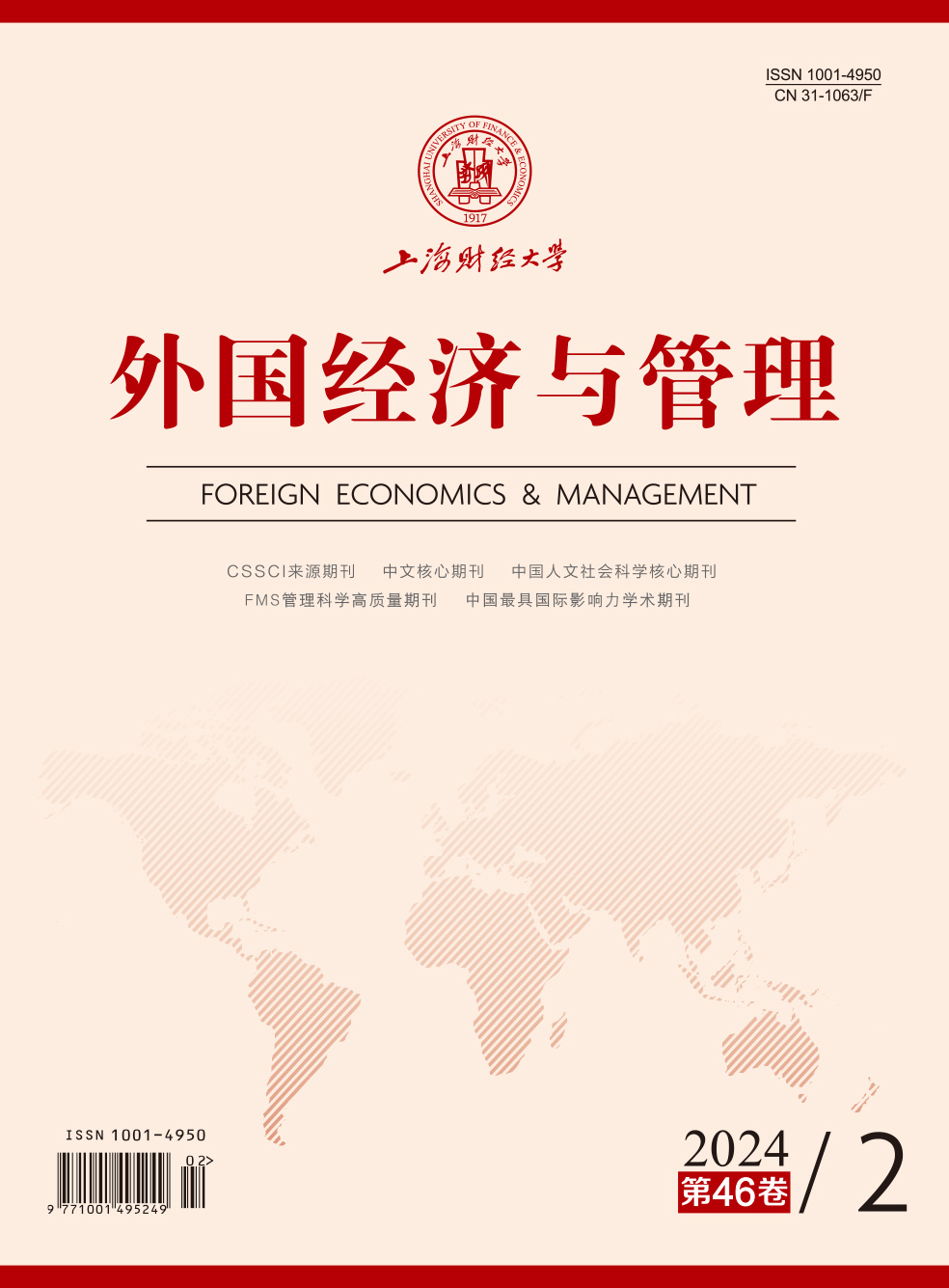依据现有的系统创新分类,本文以2010—2019年中国31个省份区域创新生态系统的数据为样本,利用因子分析构建系统双元创新评价指标体系,基于战略三角理论构建“资源基础—共生网络—制度环境”前因条件组态,利用模糊集定性比较分析探究上述组态与区域创新生态系统高开发、高探索及高水平双元创新的复杂因果关系。研究发现:(1)共生网络作为核心条件包含于区域创新生态系统高开发性创新、高探索性创新及高水平双元创新全部组态。(2)数字化能力与共生网络形成显性基础设施与隐性网络关系的协同效应,促进区域创新生态系统高水平双元创新。(3)资源获取能力作为区域创新生态系统实现高水平双元创新的“边缘条件”,能提高创新主体搜索、获取、编排内外部创新资源的能力,缓解资源约束下自主创新不足等问题。(4)经济制度环境作为区域创新生态系统实现高水平双元创新的“边缘条件”,能为系统创新提供良好的运行框架与制度环境,并与其他前因条件形成良好组态效应。研究既完善了区域创新生态系统双元创新评价与判别体系,为后续研究提供量化基础;又拓宽了双元创新理论应用范畴,为系统治理者提供组态策略集与方法论。
如何实现区域创新生态系统高水平双元创新?——基于战略三角的组态分析
摘要
参考文献
2 李天柱, 马佳, 董晓东. 生态系统情境下的整体性技术扩展适应[J]. 科学学研究, 2022, 40(8): 1452-1461. DOI:10.3969/j.issn.1003-2053.2022.08.012
3 廖凯诚, 张玉臣, 杜千卉. 中国区域创新生态系统动态运行效率的区域差异分解及形成机制研究[J]. 科学学与科学技术管理, 2022, 43(12): 94-116.
9 赵云辉, 陶克涛, 李亚慧, 等. 中国企业对外直接投资区位选择——基于QCA方法的联动效应研究[J]. 中国工业经济, 2020, (11): 118-136. DOI:10.3969/j.issn.1006-480X.2020.11.007
11 Beltagui A, Rosli A, Candi M. Exaptation in a digital innovation ecosystem: The disruptive impacts of 3D printing[J]. Research Policy, 2020, 49(1): 103833. DOI:10.1016/j.respol.2019.103833
12 Beynon M J, Jones P, Pickernell D. Country-level entrepreneurial attitudes and activity through the years: A panel data analysis using fsQCA[J]. Journal of Business Research, 2020, 115: 443-455. DOI:10.1016/j.jbusres.2019.11.021
13 Da Silva P P. The political economy of intermediate capital account regimes: A fuzzy-set qualitative comparative analysis[J]. Studies in Comparative International Development, 2022, 57(4): 497-524. DOI:10.1007/s12116-022-09361-0
14 Hinings B, Gegenhuber T, Greenwood R. Digital innovation and transformation: An institutional perspective[J]. Information and Organization, 2018, 28(1): 52-61. DOI:10.1016/j.infoandorg.2018.02.004
15 Huang R G, Zhu Z P, Lin J Y. Pathway for the low-carbon consumption pattern transition of residents in six eastern coastal provinces of China: Using fuzzy-set qualitative comparative analysis with panel data[J]. Environmental Science and Pollution Research, 2022, 30(13): 37263-37279. DOI:10.1007/s11356-022-24668-0
16 Kapoor R, Agarwal S. Sustaining superior performance in business ecosystems: Evidence from application software developers in the iOS and android smartphone ecosystems[J]. Organization Science, 2017, 28(3): 531-551. DOI:10.1287/orsc.2017.1122
17 Liu P D, Zhu B Y, Yang M Y, et al. ESG and financial performance: A qualitative comparative analysis in China's new energy companies[J]. Journal of Cleaner Production, 2022, 379: 134721. DOI:10.1016/j.jclepro.2022.134721
18 Shu C L, Zhou K Z, Xiao Y Z, et al. How green management influences product innovation in China: The role of institutional benefits[J]. Journal of Business Ethics, 2016, 133(3): 471-485. DOI:10.1007/s10551-014-2401-7
19 Still K, Huhtamäki J, Russell M G, et al. Insights for orchestrating innovation ecosystems: The case of EIT ICT Labs and data-driven network visualisations[J]. International Journal of Technology Management, 2014, 66(2-3): 243-265.
20 Wang C, Zheng Q J, Zeng H M, et al. What configurational conditions promote tourism eco-transformation? A fuzzy-set qualitative comparative analysis based on the TOE framework[J]. Frontiers in Environmental Science, 2022, 10: 1012856. DOI:10.3389/fenvs.2022.1012856
引用本文
王寅, 贾翠雪, 张明明, 等. 如何实现区域创新生态系统高水平双元创新?——基于战略三角的组态分析[J]. 外国经济与管理, 2024, 46(2): 87-102.
导出参考文献,格式为:





 6345
6345  7578
7578

